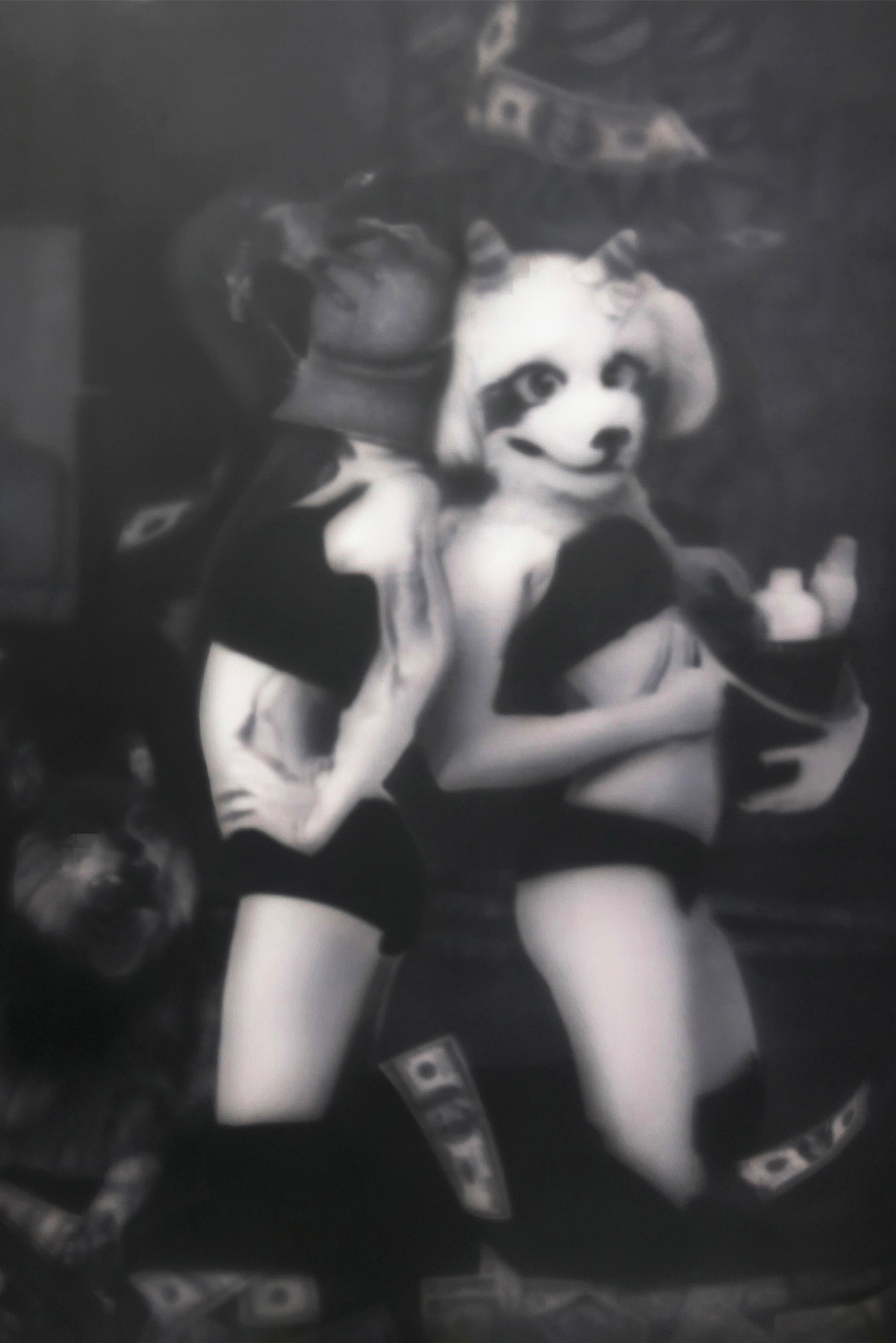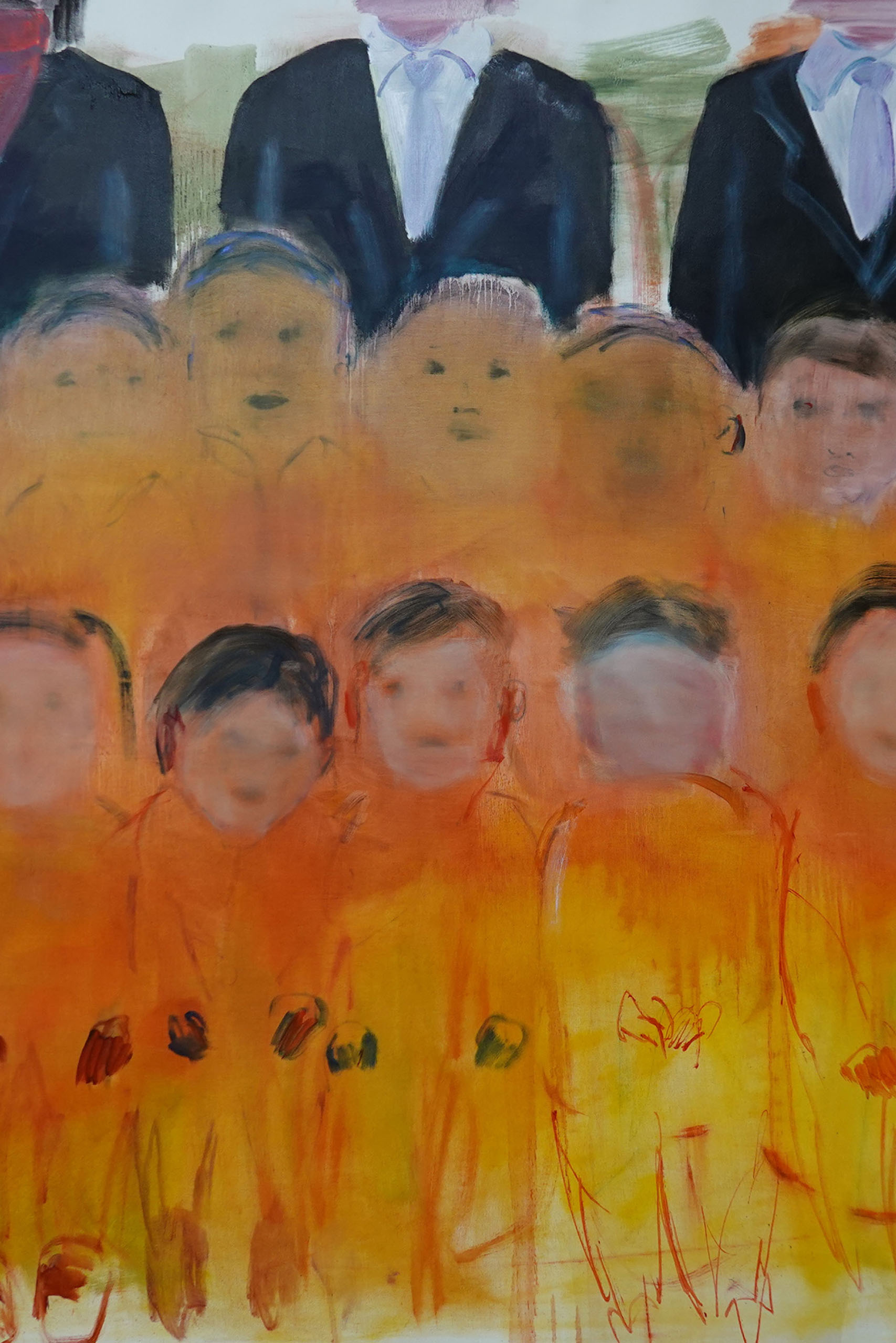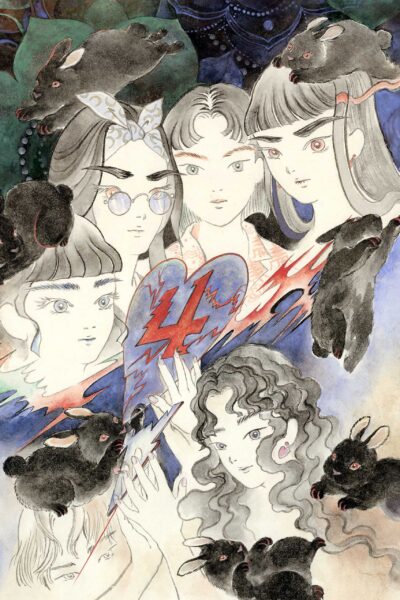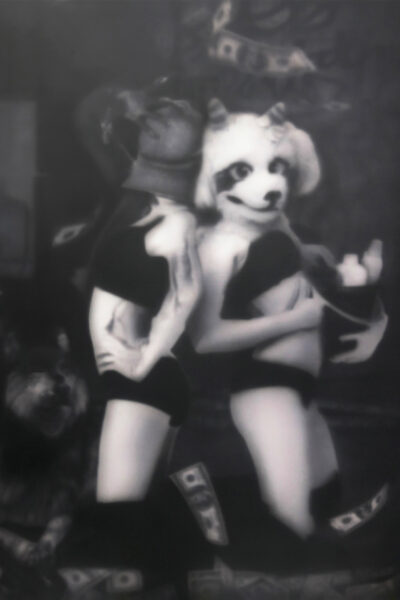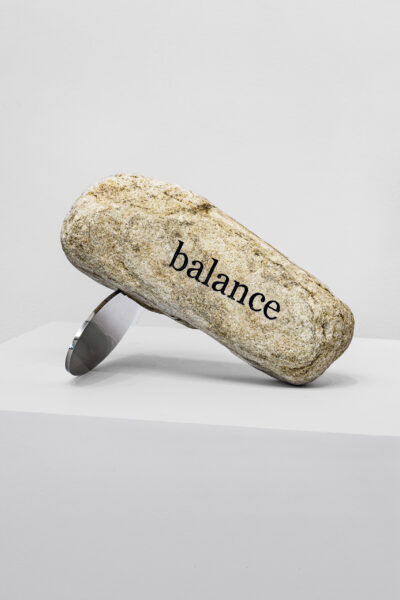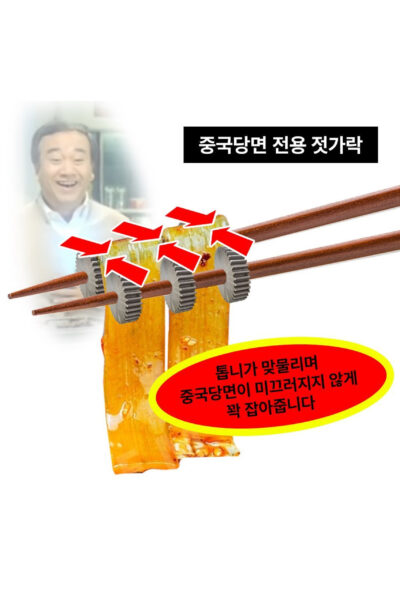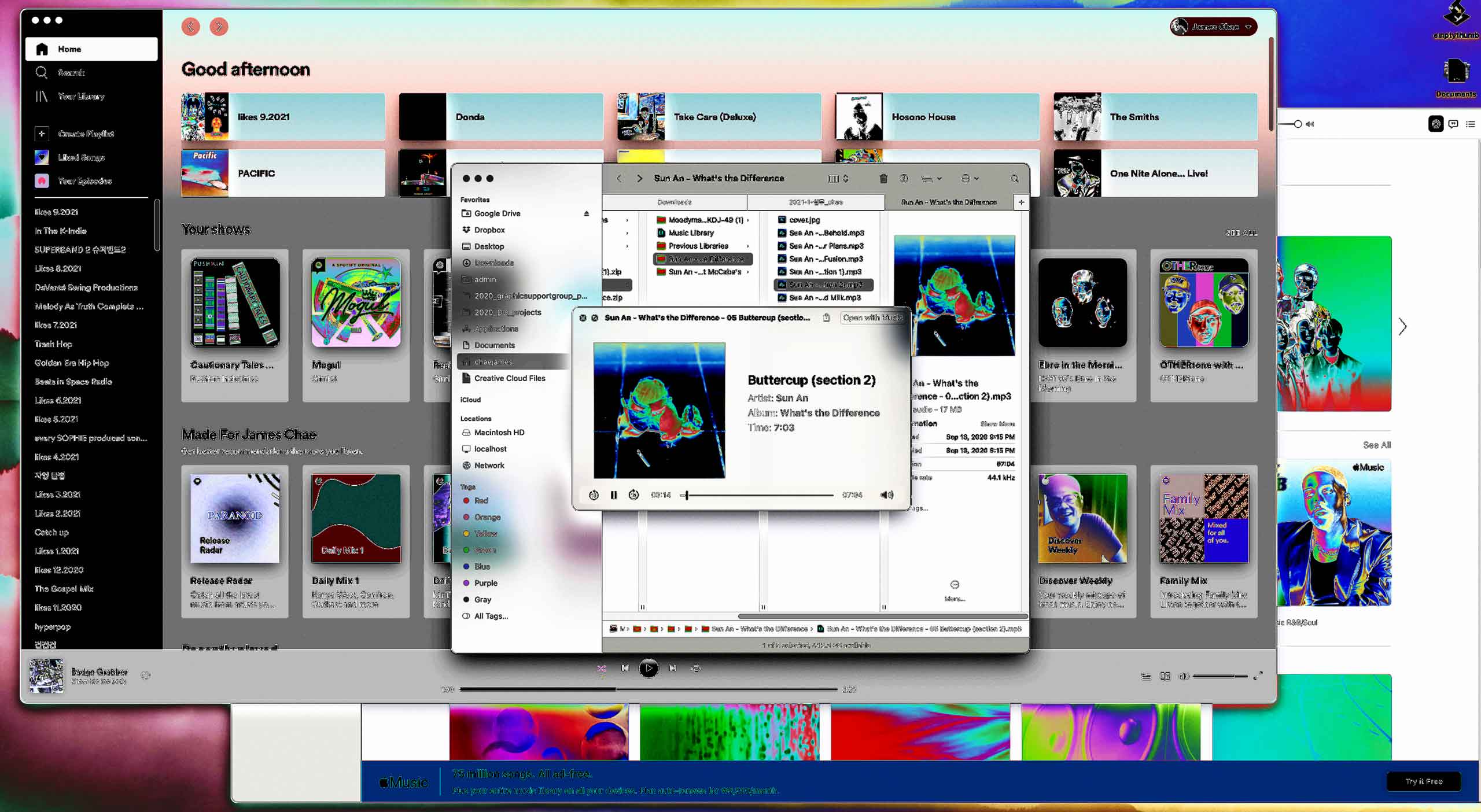
From MP3’s to the cloud. How we’ve been trapped in the walled gardens of streaming.
Streaming kills creativity. That’s it. Plain and simple. It strangles the artists with a petty payment structure. It constrains listeners in walled-gardens and makes media intangible. Mp3’s made music media immaterial, but streaming makes them even more ephemeral and transient. I can only speak as a music listener, albeit a power listener, so my opinions come from that experience.
Primarily, streaming limits creativity by highly controlling the listening process. It severs the connection that can be formed with the music and segments them into easily digestible bits and pieces. Curation is relinquished to the algorithm, which ultimately affects the music creation process, which I find to be a disservice to the listener as well. But with any shift in media, there are pros and cons, and this essay will try to unpact what I see as major drawbacks to the streaming music economy.
As a person born in the mid-80’s and having formed most of my music taste in the late 90’s and early 00’s, I am firmly a mixtape kid. As mentioned in my previous essay, I grew up making physical mixtapes of pop-punk music and pouring my heart out into these compilations. As I sat in front of the stereo with a CD and tape deck, my hand on the play and pause buttons, I cataloged and sequenced as I listened to the transferring tracks. The distinguishing factor of cassette mixtapes was this real time process. Unlike burning a CD mixtape or organizing an MP3 playlist, one has to sit through the whole song while it’s recording on to the cassette. This reviewing process was what really allowed me to form a deeper bond with the music.
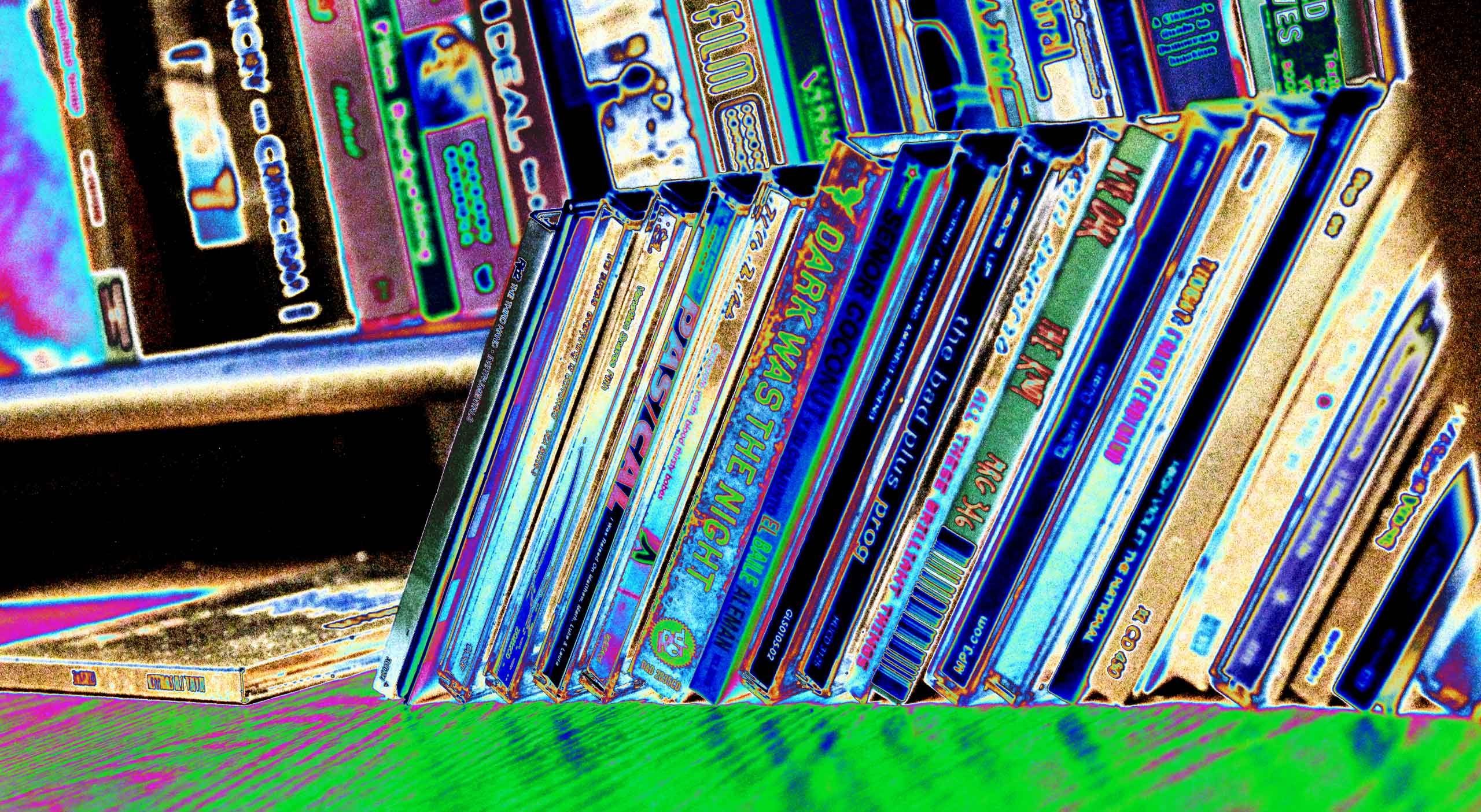
All the stacks have gone. Original photo by Matthew Hurst.
Even in the digital era of MP3’s the need to manage one’s library kept a connection to the music alive, albeit an annoying one. The digital convenience of streaming has, for better or for worse, relieved us of this connection. Sure, there is a resurgence of vinyl collecting, but even this is a niche activity for curious and dedicated collectors. I think the only living physical music product is the Kpop Idol CD package, which sells more for the special books and photographs than the music itself. Most of the people who buy these products probably don’t even have a CD player!
To be fair, let me make an argument about one aspect of streaming that has grown and somewhat benefitted the listener, curation. Back during the CD era Columbia Records created a direct-to-consumer service called Columbia House Records. One could sign up for a monthly subscription and receive a variety of records according to the genres they wished to accumulate. Each month, a member would receive a stack of records for free. They could enjoy the music fully and then return whichever ones they weren’t into. All they had to do was fulfill a certain order requirement by the end of the year. This way, Columbia House curated a record collection that the consumer would build overtime, much like how one builds their digital streaming collection.
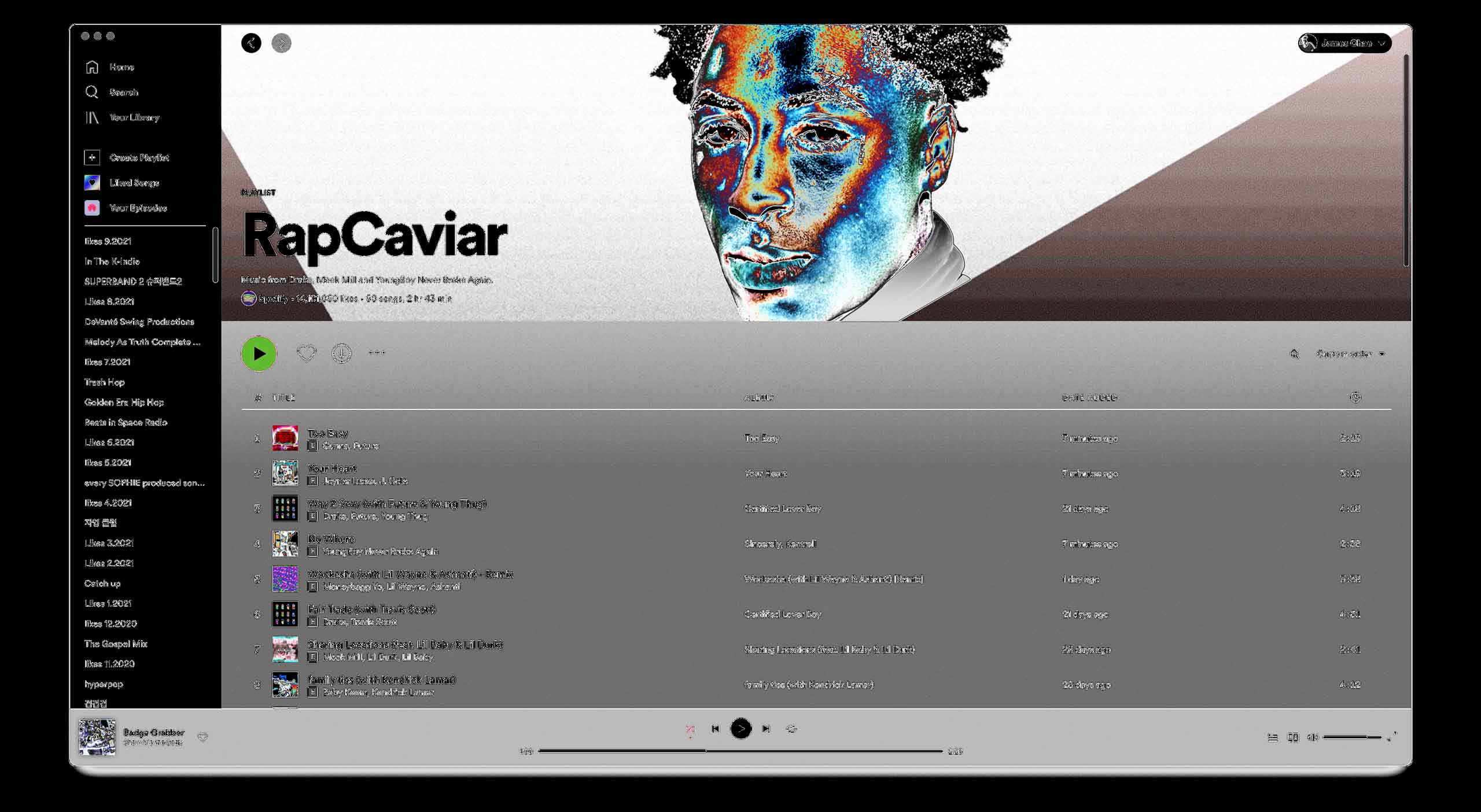
Spotify’s Rap Caviar and K-pop Daebak have broke open many artists.
What streaming services have begun to do in earnest is create curated collections of music. This goes a bit beyond the algorithm settings that underlie these services. Sometimes these lists are machine built, but increasingly they are hand picked and are becoming industry driving tastemaking products. Some groups and artists have greatly benefited from these lists. The Spotify playlist “Rap Caviar” comes to mind. Here the latest and greatest hip hop tracks compete like an MC battle to top each other. Another more local example is the “K-Pop Daebak” playlist, which has made some careers such as the singer songwriter Demian (who appeared as a contestant on the audition program Super Band II). Because these lists are moving beasts they must be checked constantly and they provide a feed to new music, which adds to the benefit of subscribing to the select streaming service.
But there’s also a dark edge to these lists and the algorithm driven structure of streaming, it dictates the form of the music. Because streaming and social media go so heavily hand-in-hand, artists are now driven to make music that caters to the way music is consumed now. The two examples I can think of is the emergence of genres such as “Spotify-core” and the Drake hit “Toosie Slide”. Spotify-core is an umbrella term for music that gets heavy rotation on Spotify for being moody and perfect for endless background listening. “Tootside Slide” was engineered to be a viral hit and included literal instructions on the moon walk, (but this was disguised Drake demonstrating a different move in his video).
The one major thing that these curated lists solve is the overwhelming anxiety that comes from the bounty of music to choose from. This anxiety had been building for years with the MP3 era, but now there is just too much to choose from. This is where algorithmic listening comes in handy because you can just select an artist or genre to suit your mood and let the robotic DJ take control. But what else are these platforms offering in terms of enhancing the listening experience?
Information has started to invade the listening space. Lyrics that move along with the song, which can be found on Korean streaming provider Melon. Genius, the lyric database site, has teamed up with Spotify to provide lyrical and background information attached to certain tracks (admittedly this is a pretty fun feature). Artist bios are attached to their profiles and related artists are conveniently attached. But information and data don’t define experiences. They just merely extend the data-driven rabbit hole rather than offer true discovery.
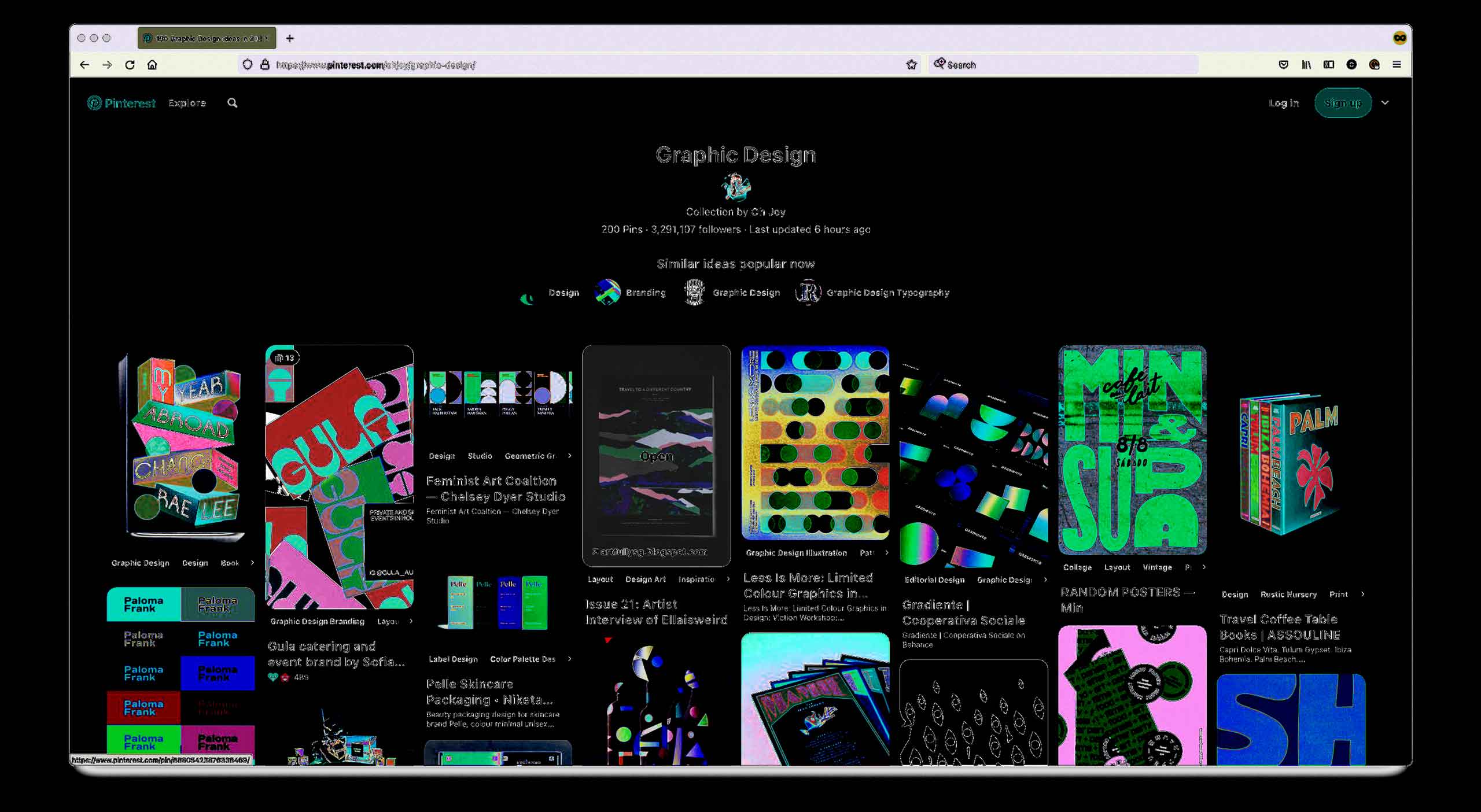
Image curation sites have flattened the landscape of visual culture.
A parallel problem has been going on in the image making economy as well. As a designer, I have lamented, but also participated, in some of the algorithm alchemy of image sites. The number one perpetrator of a flattening image economy is Pinterest. With their admittedly super powerful image algorithm, one can dive in and find endless examples of design, crafts, art, and photography. The convenience of Pinterest is that it literally provides a wall of “inspiration”. Although there is a slight sense of joy in the discoverability found in early Pinterest boards, there is a dominating, almost suffocating force to Pinterest’s system. Search a simple term like “graphic design” and the user is presented with thousands of examples, but these examples are limited to the most pinned and viewed, which doesn’t provide an accurate definition of the term. The same problem happens with Google Image search. Also, the Pinterest system works on visually similar results so one is not able to really dive into diverse examples. Rather, they get stuck in the same rabbit hole of visually similar examples. All this limits creativity and encourages carrot and stick like behavior amongst creatives.
Instagram has been the most violent platform for this reason. The walled garden of Instagram and its visual-only format has made it an undeniable force where people rarely search out portfolio sites anymore. Creative professionals have migrated to IG for self promotion and by being able to offer a window into their lifestyles they can market themselves in new ways. But these ways are damaging to the professional acumen of design and imagemaking. It distracts people from what’s important, and that’s the creation of good, quality, and diverse images! What results is the content of images is cheapened and everyone is thrown into a rat race of attention grabbing.
So what am I saying with these thoughts? First, streaming limits creativity both for the listener and the artist. Another heavily problematic point is the walled-garden of these streaming services. They lock listeners into the limited licensing that each can provide. This leads to competitors like TIDAL, who try to offer a more hip-hop-centric service with exclusives from its owners like Jay-Z. But also, the locked system creates scandals like the disappearance of thousands of K-Pop tracks due to unknown licensing disagreements. The listeners are the ones at a loss here because they are beholden to whatever licenses that the services can offer. This is much like the disappearance of the speciality record store where one could find obscure records. Now, the experience is much like shopping for records at the megastores. For example, I haven’t listened to the Beatles in years because they are not available on any streaming platform but Apple Music, (albet I guess YouTube’s illegal uploads).
Another major problem, which wasn’t discussed here but many have written about, is the unfair economy of streaming for artists. Again, this is a system where artists are having to compete for listeners to earn proper compensation, rather than focus on good music for their audience. They’re having to fight back for the attention that the services now pick and choose within the wider pool of subscribers. This leads to things like the aforementioned Rap Caviar and Spotify-core issues.
Maybe I’m averse to machine-driven listening, or maybe I’m just too nostalgic for my past listening experiences. Whatever the reason, there definitely is a lack of humanity in today’s listening environment, and frankly I want it back.
Writer
James Chae is a Korean-American designer living in Seoul. He is working as an educator while working on design. He is an assistant professor of design convergence at Hongik University and is considering the role of design and designer between commerce and art.





